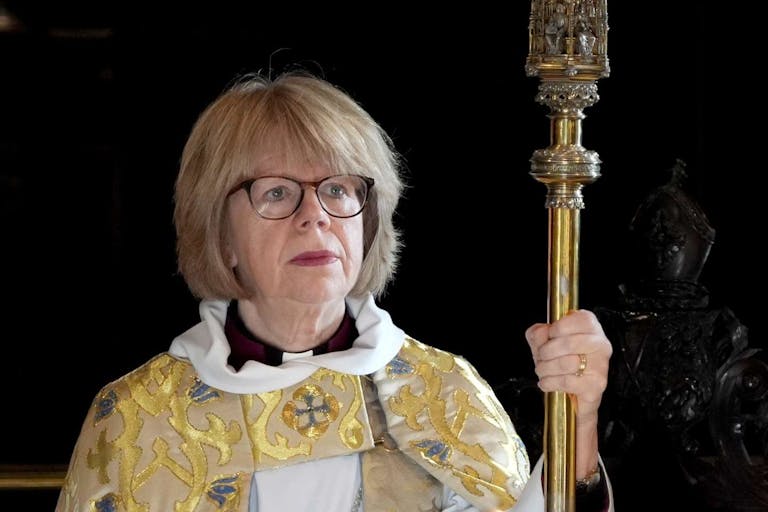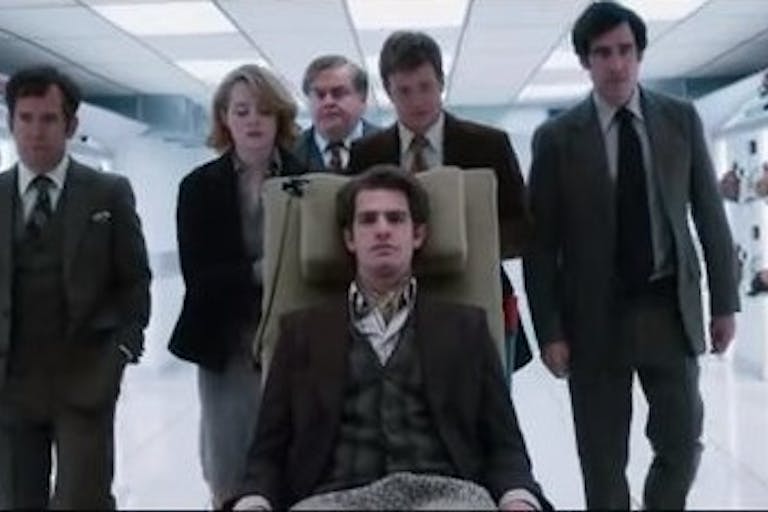
New Archbishop of Canterbury warns of danger in legalizing assisted suicide
Nancy Flanders
·
‘Breathe’: New Hollywood film celebrates the value of living life with disease and disability
Unlike the aptly titled movie “Me Before You,” which celebrated the main character’s suicide after he became paralyzed, the new film “Breathe” chronicles the life of Robin Cavendish, who chose to embrace life after becoming paralyzed from polio.
In theaters today, October 13, 2017, “Breathe” tells the true story of Cavendish, who became sick with polio at age 28 while his wife was pregnant with their only child, Jonathan. He became paralyzed from the neck down, requiring a ventilator to breathe, and doctors gave him just three months to live. However, despite moments of depression and the temporary loss of the will to live, Cavendish’s wife Diana insisted that he continue to fight — and fight he did, for 36 years.
“When I first became paralyzed, I wanted to die,” the actor Andrew Garfield (portraying Cavendish in the film) says. “My wife told me I had to live.”
Rather than live in the hospital as was expected of a man with his condition, Cavendish left after a year. In 1962, together with his friend Teddy Hall, an Oxford professor, Cavendish created a wheelchair with a built-in respirator which allowed him to leave his bed and get back to living life. This chair would become the model for future wheelchairs and would change the lives of other polio victims, allowing them to leave the hospitals where they had been living confined to beds.

He also helped create a device that would allow him and other paralyzed individuals to control their environment with head movements, including using the telephone and turning on the television or heat. He even created a place for families of others with disabilities where they could comfortably take a vacation together, getting a much-needed respite from everyday life. His obituary reads:
To see Cavendish simply as ‘a polio victim’ would be a mistake, and would not explain the reason why his death leaves such a gap. What makes him memorable was what he did for others. […] Using himself as the guinea-pig, Cavendish tested and helped to market equipment that has changed the lives of countless disabled people.
Cavendish influenced those living with disabilities as well as those who weren’t. Friends frequently visited him at his home, and he traveled constantly. According to his obituary, “It was as if his sedentary life gave him a broader viewpoint and a sharper vision than the rest of us, and his capacity for laughing at, as well as with, his friends was healthily deflating.”
Cavendish was able to enjoy 36 years that he wouldn’t have had if he and his wife had lived with today’s notion of dying by suicide when disease or disability enters our lives. He enjoyed his life, and his sufferings allowed him to change the world and leave behind a legacy of compassion and brilliance. Eventually and unfortunately, Cavendish chooses death by assisted suicide. It’s a tragic ending to a brilliant and beautiful life. But, imagine the world if Cavendish had given up and a doctor had been standing by to help him take his own life decades earlier. He and his wife saw the value in living to see his son grow up, as well as the value that he could bring to the world with his unique experiences and viewpoint — which came from living with disease and disability.
Live Action News is pro-life news and commentary from a pro-life perspective.
Contact editor@liveaction.org for questions, corrections, or if you are seeking permission to reprint any Live Action News content.
Guest Articles: To submit a guest article to Live Action News, email editor@liveaction.org with an attached Word document of 800-1000 words. Please also attach any photos relevant to your submission if applicable. If your submission is accepted for publication, you will be notified within three weeks. Guest articles are not compensated (see our Open License Agreement). Thank you for your interest in Live Action News!

Nancy Flanders
·
Pop Culture
Cassy Cooke
·
Pop Culture
Cassy Cooke
·
Pop Culture
Cassy Cooke
·
Pop Culture
Nancy Flanders
·
Pop Culture
Cassy Cooke
·
Politics
Nancy Flanders
·
Politics
Nancy Flanders
·
Abortion Pill
Nancy Flanders
·
Politics
Nancy Flanders
·
Human Interest
Nancy Flanders
·